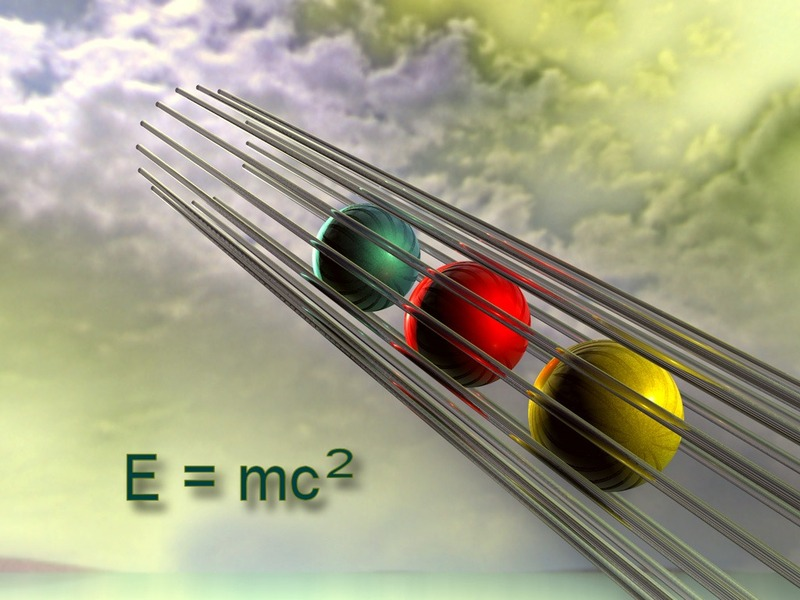 #ScienceMustFall
#ScienceMustFall
Science and mathematics are objective, genderless, race-blind subjects that can effortlessly bridge language and cultural differences. But is that really true? This week saw online outcry to the #sciencemustfall proposal, an unexpected sidebar to the decolonization and #feesmustfall campaign currently raging on university campuses throughout South Africa. In a seemingly spontaneous statement (you can watch the video here), a “fallist” addresses the science faculty of the University of Cape Town, and calls for “western” science to be banished from African education.
This begs the question: “Why would this student (or anyone else) feel that something as universal as “western” science has no place in the culture they best identify with?“
Can Mathematics be Decolonized?
Karin Brodie, professor of Education and Mathematics Education at South Africa’s University of the Witwatersrand, in her article “Yes, mathematics can be decolonized. Here is how to begin“, hints at a possible reason. Mathematics apparently presents itself as a subject that is not, or should not be, accessible to all people (at least at higher education level). The perception is that, even with significant effort, if you lack the right kind or level of intelligence, you are doomed to be a mathematics outsider. Not everyone believes this, but the perception remains, and has done much to scare the less obviously gifted away from the subject. Possibly the sciences suffer from a similar “elitist” reputation. Professor Brodie says that “as teachers, my colleagues and I need to believe – to know – that all students can do mathematics. This knowledge must be transmitted to them. They must be shown that mathematics is a human enterprise: it belongs to all, and it can be taken forward to transform society.”
THE UNIVERSAL VALUE OF SCIENCE AND MATHEMATICS
If students are to come to understand the universal value of subjects such as science and mathematics, they must come to believe they can own these subjects. They must believe they can be part of the process of generating new knowledge to build on what already exists (and has been gathered by people of all cultures and races). If students view these subjects from a distance, they are more likely to associate them with something foreign and threatening. Reduce the distance and the image viewed will not be so distorted.
Should science (and mathematics) “fall” or be removed from a particular cultural group’s education system, because students see these subjects as discriminatory? Surely a better approach is to change the attitude and perception that people have of the subjects instead of the content of the subjects? Why reinvent the wheel when the wheel doesn’t judge and doesn’t mind who owns it?



 “Mathematics is boring. Why do we have to study it anyway?”
“Mathematics is boring. Why do we have to study it anyway?” MATHEMATICAL LOVE STORY
MATHEMATICAL LOVE STORY




